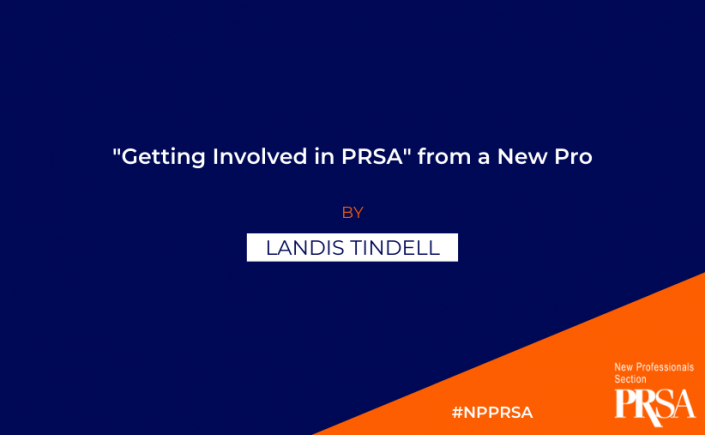According to the Bureau of Labor Statistics, the old adage is correct: people have about 12 jobs in their lifetime. Even disregarding high school odd-jobs, it is not uncommon for professionals to change jobs. Gone are the days of someone working for one company their entire life. You shouldn’t be afraid to change jobs, and here are some things to consider to know when it’s time.
Safety. The first and foremost reason to leave a job is if your safety is in question. This doesn’t just mean a dilapidated building; although, that’s reason enough to question your employment. If your mental health and safety is suffering, you’re fearful of a co-worker or supervisor, or any other reason that threatens your well-being, it’s OK to leave. No job is worth your health and safety. I had a job where after a few weeks I dreaded waking up and having to go in to the office, and after re-writing my resignation letter for the third time, I decided it was time to leave.
Complacency. “If you’re the smartest person in the room, you’re in the wrong room” (Anonymous). If you’re feeling disconnected from your job, or have lost your passion for your field, it’s time for a new challenge. There will always be time when work feels like work, but if you haven’t felt energized or invigorated in a while, it may be time to move on.
Impact. If you feel undervalued, unappreciated, or you’re on autopilot, you should look for a new opportunity. Many people also want to make an impact on the community through their work, so if the organization’s mission doesn’t fit yours, don’t feel obligated to stick around.
Daydreaming. If you’re spending more time thinking about what to do next, and not focused on what you’re doing now then what’s stopping you from moving on? If you dream of working for a large corporation and you’re currently working in a small non-profit, start working on your resume to apply to corporate jobs.
If you think it’s time to leave your current position, do your best not to do so until you have something else lined up. It can be tempting to quit in a dramatic fashion, but you don’t want to burn bridges and you don’t want to be without a paycheck.
If you are starting to look for new work be sure to check out PRSA’s Jobcenter at https://jobs.prsa.org/ and use the Career Resources at https://jobs.prsa.org/career-resources/ to bolster your resume, interview skills, and preparation for career advancement.

Author: Landis Tindell is currently the Communications Coordinator for the Oklahoma State Regents for Higher Education in Oklahoma City, OK. He serves as the Professional Development Day committee chair for PRSA-OKC, the treasurer for the PRSA Southwest District, and as the Chair-Elect for the National New Pros Committee. Landis holds a master’s degree in Strategic Communication from Texas Tech and a bachelor’s degree in Public Relations from Harding University. Landis was named a 2019 PRNEWS 30 Under 30 Rising Star andwas the 2018 Young Professional of the Year by PRSA-OKC.
Photo by Marten Bjork on Unsplash



